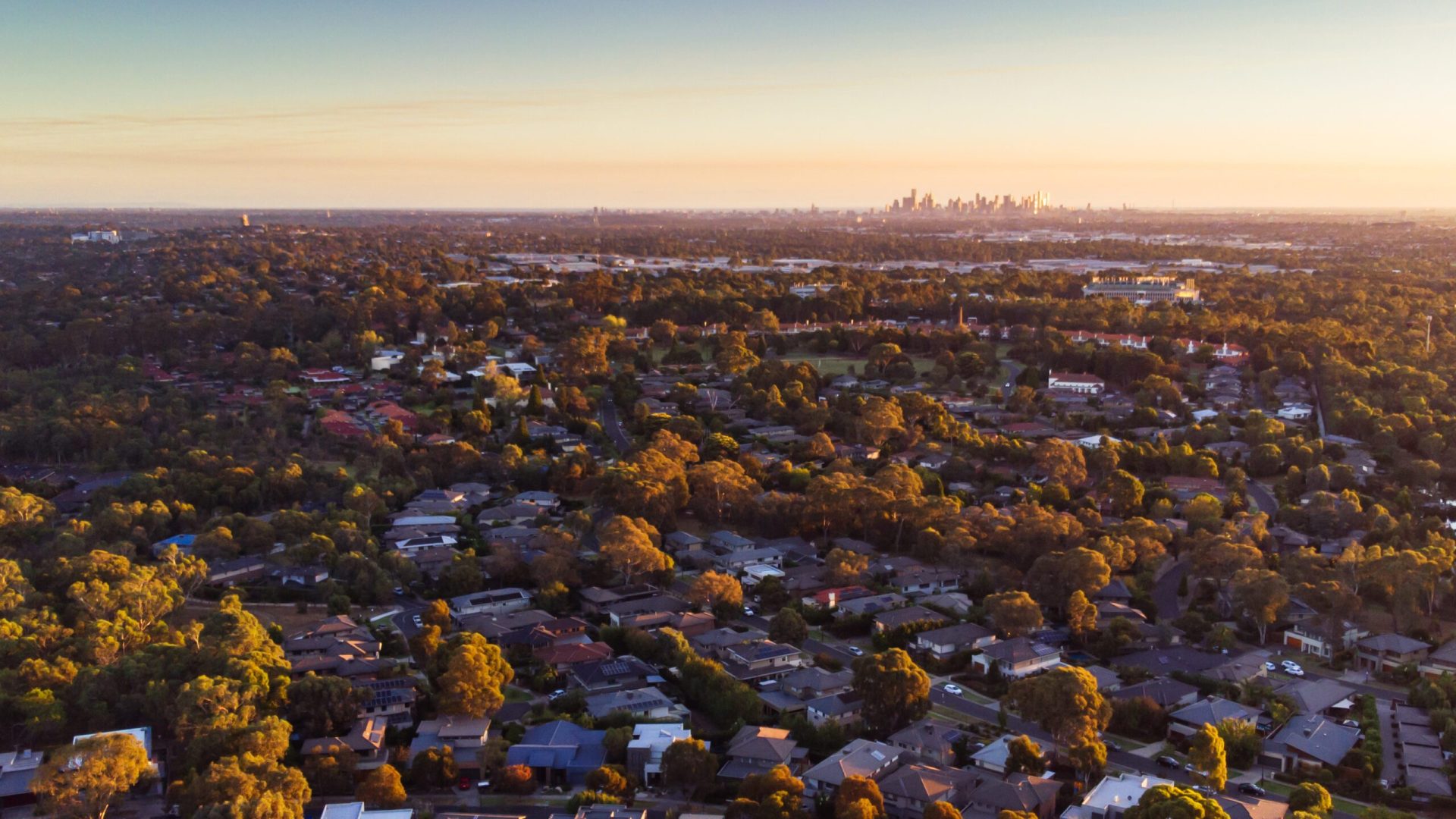The Australian property market is standing at the edge of a transformative era, and as someone who has spent decades analysing property cycles, I’m convinced that 2025 will be a pivotal year. The signs are clear for those who know where to look. Here’s a breakdown of the key drivers shaping the market’s trajectory and how you, as an investor, can prepare for the coming opportunities.
1. The Core Market Drivers: Affordability, Demand, Supply and Sentiment
Property markets move in cycles, driven by affordability, demand, supply, and sentiment. These factors interact to create market conditions that either drive price growth or lead to periods of stagnation. While many markets exhibit strong demand and limited supply, sentiment—often driven by media and public perception—plays a critical role in shaping buyer behaviour. Positive sentiment can trigger booms, while negative sentiment often leads to hesitation among buyers and investors.
2. Affordability Varies Across Cities
Australia’s capital cities vary widely in terms of affordability for both owner-occupiers and investors. The affordability landscape can be assessed by examining deposit-to-income ratios and the cost of servicing new mortgages. While Sydney faces the highest costs, it also has relatively high incomes. Nonetheless, Sydneysider’s strong incomes make other capital city markets far more affordable as an entry point for property investment while few people from other cities can afford to invest in Sydney.
For investors looking for the best returns, look to locations that present the most favourable conditions in terms of capital growth opportunities. At OpenCorp we select properties utilising the MAP (Market, Area, Property) Process. Learn more about MAP.
3. Interest Rates and Money Supply: Impact on Affordability
After a period of high interest rates, signs point to an imminent drop as inflationary pressures ease. Historically, such shifts create increased borrowing capacity, spurring demand and driving up property prices. Couple this with rising money supply, and the outlook for property investors becomes even brighter.
When money supply increases without a corresponding increase in the volume of goods and services, inflation often rises. As housing supply is so heavily constrained, any increase in money supply will come in the form of easier bank finance. This trend has historically driven property prices up as more money enters the housing market.
4. Housing Supply Challenges
Australia’s property market faces a substantial undersupply of new dwellings, with construction approvals well behind population growth. Rental vacancy rates are currently at an all-time low, SQM Research recording just 1.2% nationally in October 2024, highlighting the underlying housing shortage. Construction costs are also contributing to the limited supply, particularly in the apartment sector, where developers face profitability challenges.
With demand continuing to outpace supply, this imbalance is likely to drive further growth in housing prices over the coming years.
5. Population Growth and Its Impact on Demand
Rapid population growth, particularly in states like Victoria and Queensland, is putting additional pressure on housing demand. This is especially pronounced in rental markets, where increasing numbers of tenants face higher rents due to limited availability. As competition for housing is set to intensify, there are unique opportunities for both higher income and capital growth in key markets.
6. Government Policies to Stimulate the Market
Government initiatives, such as Victoria’s recent stamp duty concessions for townhouses, are also expected to encourage new activity in the housing market. Investors who align their strategies with these policies stand to benefit the most. Savvy investors should act quickly in markets where these concessions apply, as prices are expected to increase in response to a surge in demand.
7. Potential Changes to Negative Gearing
Negative gearing remains a hot topic in Australia, with potential changes that could impact investors’ strategies. While no changes have been confirmed, the potential for restricting negative gearing to new properties could reduce the supply of rental properties, further driving rental prices up.
For investors purchasing new properties, we expect that the government is likely to continue offering incentives, as these contribute to the housing supply.
Considering An Investment Property?
Australia’s property market is nearing the bottom of its current cycle, making it the ideal time to act. As sentiment improves and interest rates ease, Australia’s property market offers exciting opportunities for growth over the next few years.
For investors looking to capitalise on the next cycle of growth, staying informed and understanding market fundamentals will be essential. The next 12-24 months could be transformative for those ready to act.
At OpenCorp, we’ve guided thousands of Australians through market cycles like this. If you’re ready to start your investment journey or expand your portfolio, don’t wait. The next two years could be transformational.
Book your free consultation with OpenCorp today, and let’s map out a strategy tailored to your goals.









